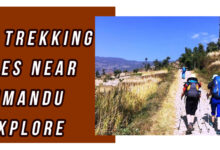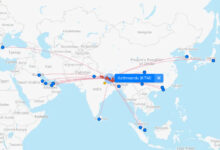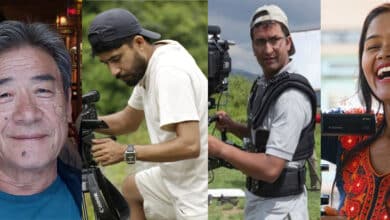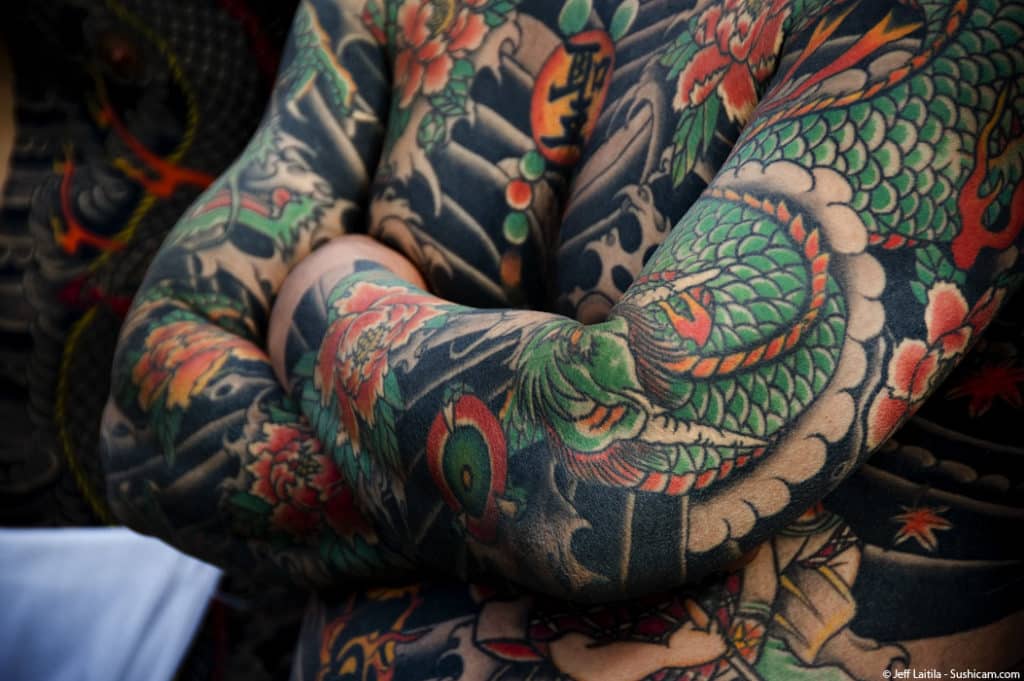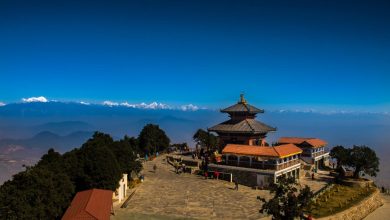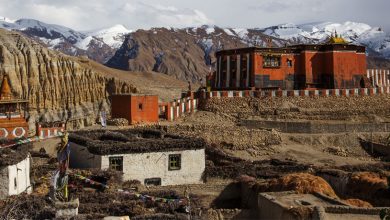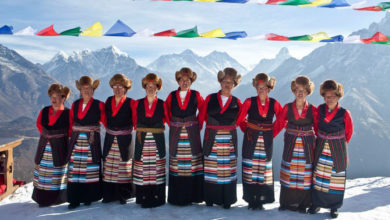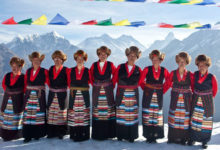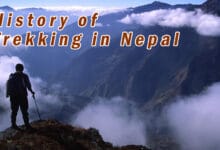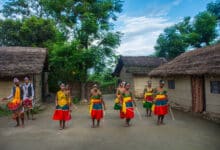From base camp to summit: The thrills and challenges of climbing high peaks
Climbing high peaks is a pursuit that demands meticulous planning, unwavering determination, and a profound respect for the raw power of nature.
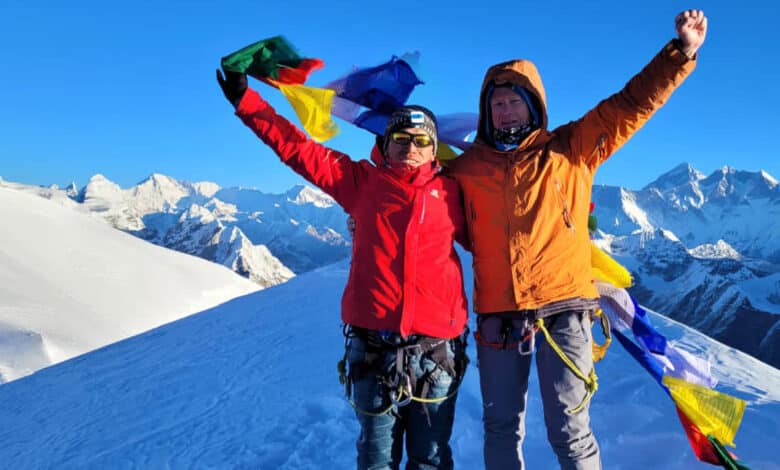
The allure of conquering towering peaks has fascinated adventurers for centuries. From the snow-capped majesty of the Himalayas to the rugged terrain of the Andes, high-altitude mountaineering offers an unparalleled blend of physical challenge and awe-inspiring natural beauty.
Climbing high peaks is a pursuit that demands meticulous planning, unwavering determination, and a profound respect for the raw power of nature.
This article explores the journey from base camp to summit, shedding light on the unique thrills and formidable challenges that await those who dare to ascend the world’s highest peaks.
The path begins: Setting up base camp
The towering peaks offer a unique blend of natural beauty and the thrill of conquering the highest points on Earth. The Himalayas, including Mount Everest and the Andes, home to Aconcagua and Mera Peak climbing beckon to those with an insatiable spirit of adventure.
Establishing a base camp is the foundational step in any high-altitude expedition. Nestled at a strategically chosen point on the mountain, it serves as the hub of operations, providing climbers with a sanctuary amidst the unforgiving terrain. Here, climbers acclimate to the altitude, fine-tune their gear, and meticulously plan their ascent.
In these austere surroundings, climbers forge a camaraderie born of shared purpose and mutual reliance. Tasks are assigned, roles are defined, and each team member contributes to the collective goal of reaching the summit. The sense of unity and purpose that permeates base camp is palpable, and it becomes a microcosm of the cooperative effort required to surmount a high peak.
Altitude: The silent adversary
As climbers venture higher, they confront the silent adversary that defines high-altitude mountaineering: altitude sickness. The reduced oxygen levels at high altitudes can lead to symptoms from mild headaches to life-threatening conditions like pulmonary or cerebral edema. Acclimatisation becomes a critical aspect of the climb, as climbers must allow their bodies to adjust to the thinning air gradually.
The ascent often follows a pattern of “climb high, sleep low,” a strategy that aids in acclimatization. Climbers ascend to higher altitudes during the day, then descend to a lower camp for rest. This regimen allows the body to adapt more effectively to the diminished oxygen levels, increasing the chances of a successful summit bid.
The towering peaks offer a unique blend of natural beauty and the thrill of conquering the highest points on Earth. The Himalayas, including Mount Everest and the Andes, home to Aconcagua, beckon to those with an insatiable spirit of adventure.
The gauntlet of technical challenges
Beyond altitude, high-altitude climbs present technical challenges that demand skill, experience, and nerve. Narrow ridges, icefalls, and crevasses can pose formidable obstacles, requiring climbers to employ specialized techniques and equipment. From the meticulous placement of ice screws to the delicate dance of footwork on icy slopes, every move is calculated to ensure safety and progress.
Trust in one’s equipment and fellow climbers is paramount in such challenges. Ropes, harnesses, and anchors become lifelines, connecting the team literally and metaphorically. The success of the ascent hinges on the collective skill and judgment of the climbers as they navigate the treacherous terrain toward their objective.
The summit push: A test of endurance and resolve
The summit push is the culmination of weeks, or even months, of preparation and toil. Climbers set out under the cover of darkness, headlamps piercing the inky blackness. Each step is a testament to the endurance, fortitude, and indomitable will that brought them to this point.
The final ascent is a grueling marathon, where every inch gained is a triumph over fatigue and doubt. The thin air amplifies the physical exertion, turning even the simplest movements into monumental tasks. Yet, with each labored breath and each step forward, the summit draws nearer. The joy and sense of accomplishment that await at the world’s apex are the ultimate rewards for the relentless pursuit of a dream.
The final word
Climbing high peaks is a pursuit that pushes the boundaries of physical and mental human potential. From the humble beginnings at base camp to the triumphant moment of reaching the summit, it is a journey that demands unwavering determination, teamwork, and a profound respect for the forces of nature. The challenges encountered along the way, from altitude sickness to technical hurdles, serve as crucibles that forge bonds among climbers and test the limits of human capability.
Ultimately, pursuing high-altitude mountaineering is not just about conquering mountains but about discovering the heights of human resilience and the depths of our connection to the natural world. It is a testament to the human spirit’s unyielding quest for adventure, exploration, and the pursuit of the extraordinary. For those who dare to take on the challenge, the journey from base camp to summit is a transformative odyssey that leaves an indelible mark on the soul.






